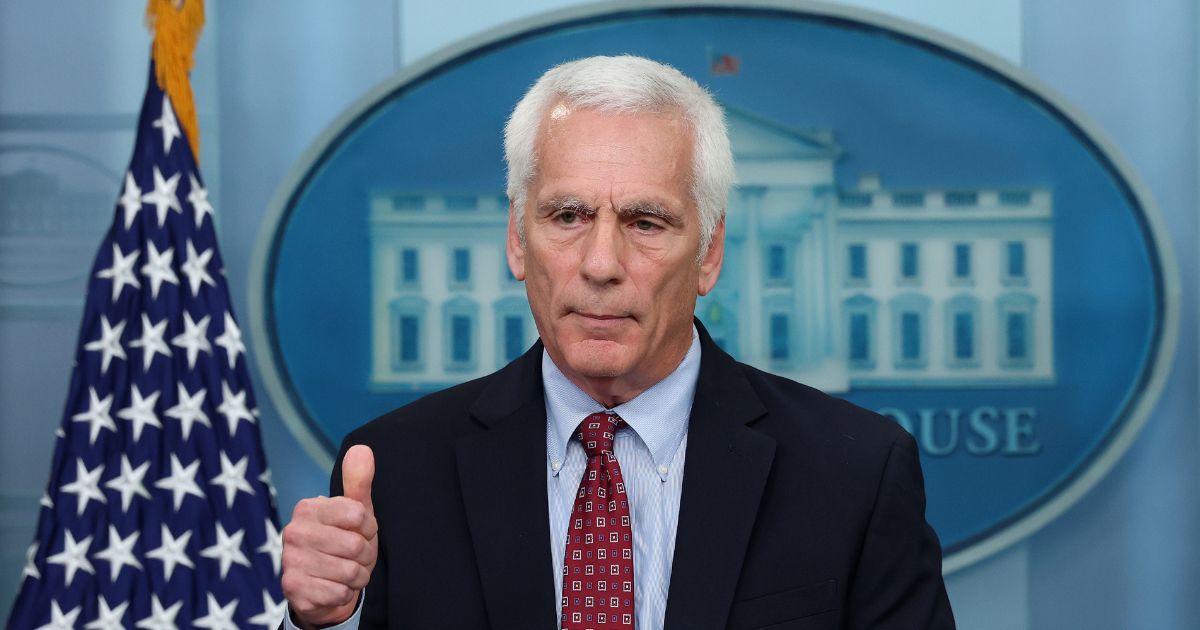
www.thecollector.com
The Rise & Fall of Pompeii and Herculaneum: A Tale of Two Cities
October 24, 79 CE was just another ordinary day in the Bay of Naples. As the populations of Pompeii and Herculaneum went about their business, they were unaware of the event that was about to befall them, an event that would put them in the history books for all time. Without warning, an almighty bang resounded around the Bay of Naples causing the people living in the bay to look to the heavens. Coming out of the “mountain” called Vesuvius was a huge plume of dark ash rising into the sky.
The Eruption of Vesuvius
The ruins of Pompeii, ominously overlooked by Vesuvius, by ElfQrin, Source: Wikimedia Commons
As pumice and ash began to rain from the sky, a young male figure stood over the bay watching the chaos unfold. His name was Pliny, the nephew of the illustrious Roman general and author of the Natural Histories, Pliny the Elder. Seeing the plume of ash, which was now 17 miles high, Pliny’s uncle called for his shoes and ordered a boat to be readied. Down in the towns, pure darkness had descended. Doors were locked and precious items were thrown in safe boxes for later. Men, women, and children ran and screamed, wondering if their gods had finally left them. Dodging the large projectiles being thrown from Vesuvius, some escaped on horseback, some in carts, and some on foot, while others, burdened by age, pregnancy, or preference, chose to wait it out.
In a letter to the Roman historian Tacitus, Pliny the Younger later described the plume as pine tree shaped: “It rose into the sky on a very long ‘trunk’ from which spread some ‘branches’” (translation by Amery and Curran Jr., 2011). It was towards this “tree” that Pliny’s uncle set off with his sea fleet to investigate and help in the rescue efforts. Unbeknownst to Pliny the Younger, his decision to stay and study instead of joining his uncle’s rescue effort would save his life. His uncle would never return from the terror unfolding at the foot of Vesuvius. Instead, he was destined to suffer a fatal asthma attack on the beach, surrounded by his soldiers.
The Destruction of Pompeii and Herculaneum, by John Martin, 1822, Source: Wikimedia Commons
As the day progressed, the column rising from Vesuvius reached such a weight that it eventually collapsed in on itself. The result was a series of six fast-moving and incredibly hot pyroclastic flows made up of toxic gases, pumice, and ash which ran down the side of the volcano. Herculaneum, located only 7 km (5.3 miles) from Vesuvius on the western side, suffered the greatest impact and heat from the flows. Pompeii, 10 km (6.2 miles) to the southeast of Vesuvius, suffered no less, despite the flows having cooled down by the time they reached the town. All people and animals who had so far survived the falling building, toxic gases, and pumice were killed instantly upon impact.
The History of the Towns
The site of Herculaneum, now located at a distance from the coast, by Jerónimo Roure Pérez, Source: Wikimedia Commons
The descriptions of Pliny the Younger, written some years later, provide the most significant and detailed record of the eruption that we have in the literary record. Although for many years the date of the eruption was translated from Pliny’s words as August 24, recent excavations have instead confirmed historians’ suspicions of a later date. Now it is set to either October 24 or 25 of the same year (79 CE). Nonetheless, the two letters penned to Tacitus were destined to memorialize the towns of Pompeii and Herculaneum, two relatively ordinary towns in the Roman period. But what of the towns before their infamous fate?
Pompeii was a Greek colony located on the coast of the Bay of Naples. Even in the Roman Period, Pompeii was considered an old town, with Samnite, Oscan, and Greek cultural roots going back to the 8th century BCE. Following the Battle of Cumae in 450 BCE between the Greeks and local Etruscans, the town of Pompeii began developing at a rapid rate. By the Late Republican Period, it had become a thriving trading town complete with a forum and basilica, public baths, two amphitheaters, and over 160 shops to serve the growing population. Today, scholars estimate that the population size was somewhere between 10,000 and 20,000.
The Bay of Naples, by Auguste Renoir, 1881, Source: The MET Museum of Art
Only a few miles away, the town of Herculaneum sat proudly on the cliffs overlooking the Bay of Naples. In comparison to its big brother Pompeii, Herculaneum was smaller and much richer. With only a small harbor (later moved inland by the effects of the eruption), Herculaneum enjoyed a beautiful climate and view. Although it also had the same typical Roman buildings as Pompeii, some streets in Herculaneum were paved in marble, while overall the houses exhibited a higher standard of design and artwork. Unlike Pompeii, we know less about the origin of this town (apart from that it was named after the fearsome Hercules), but we do know that by 79 CE it had developed into a holiday resort for rich landowners.
Pompeii Before the Eruption
Temple of Apollo, by Mark de Nijs, 2018, Source: Wikimedia Commons
Tourists walking the town of Pompeii today are often surprised by the sheer size of the city. Covering 163 acres (66 hectares), the walls of Pompeii measure 2 miles in circumference. In ancient times, as today, visitors would have entered through one of the seven guarded gates built into the walls of the town. Within the walls, the town was laid out in a grid design, much like the blocks of New York today. These were known as insula in the Roman period, each being divided up into houses, shops, commercial production buildings, bakeries, inns, and even religious properties.
Visitors entering via the Marina Gate in antiquity would have been faced with the spectacular sites of the Temples of Apollo and Venus, their columns reaching high into the sky. Beyond this, new visitors would likely head straight to the Forum, the civic center of any Roman town. Looming above the paving, and flanked by the imposing figure of Vesuvius in the not-too-far distance, the Temple of Jupiter cut an impressive figure. Around the forum were civic buildings for carrying out and governing trade.
Beyond the Forum, a complex web of streets and side alleys branched off. These streets are a familiar site today; high sidewalks and stepping stones provided pedestrians safety from wheeled and hooved traffic, as well as the muck and rainwater flowing down the streets. Whether here on business, for leisure, visiting family and friends, or perhaps even searching for a new job or home, visitors would have been in no shortage of things to do in this busy town. With over 160 restaurants to choose from, as well as shops, entertainment venues, exercise buildings, public baths, pop-up markets, gardens, temples, and even brothels, the town of Pompeii was a buzzing center of activity.
The Preservation of the Towns
Victims of Vesuvius from the Gardens of the Fugitives in Pompeii, by Sarah Hoa, Source: Wikimedia Commons
The pervasion of ash and pumice which had caused the bay to experience over 24 hours of night finally thinned out on the second day, giving way to the Italian sunshine. The towns which once lay along the Bay of Naples were now completely lost. Over the next few days, the material solidified into cement, preserving all people, animals, plants, and buildings inside. Emperor Titus appointed two ex-consuls to coordinate the relief effort for those impacted by the eruption and set up a recovery fund from the state treasury. Within a decade, the towns had already become legend.
Due to its proximity to Vesuvius, the town of Herculaneum was preserved rather differently. Here, the rapid exposure of the town to high heat meant that organic material was carbonized, while humans and animals were in effect cooked. Mercifully this would have been at an incredibly rapid rate, if they had not first died from suffocation. Due to this, skeletons have been recovered within the town’s remains, alongside the often perfectly carbonised remains of furniture and house structures, such as a baby’s cradle (tragically still with the skeleton of a baby inside), storage cabinets, wooden doors, and house beams. Though walls and other structures were smashed down by the pyroclastic flows and falling pumice, the remaining frescoes, marble, and stone were almost perfectly preserved.
Plaster cast of man from Pompeii, photo by Wknight94, Source: Wikimedia Commons
In Pompeii, the situation was slightly different. Though still incredibly hot and powerful, the flows of gases, ash, and pumice that hit the town were cooler. Here, so much pumice fell that it filled the first floor. Those who were hit by the pyroclastic flows were killed in an instant by thermal shock. It was during these last moments that their bodies would have constricted into a “boxer’s pose,” due to their muscles tensing, and the pumice and ash would have buried them in their final position. Over time, as their bodies decayed and the material cemented around them, the victims of the eruption left cavities which excavators later filled with plaster to produce the shapes of bodies that we continue to reference.
The Rediscovery of the Towns
View through the Herculaneum Gate, Pompeii, by Giovanni Battista Piranesi, 1778, Source: The MET Museum of Art
Pompeii and Herculaneum did not remain hidden forever. In 1549 while digging a water channel, Domenico Fontana discovered the walls of what he thought to be an ancient city, belonging to what would later be identified as Pompeii. Not long after, remnants of the ancient city of Herculaneum were discovered during earthworks, followed by more discoveries on the site during the digging of a well in 1709. So began the systematic excavations at Herculaneum in 1738, with excavators at Pompeii following suit in 1748. It was not until 1763 after the discovery of an inscription that read “Rei Publicae Pompeianorum” that excavators knew with certainty that this was the ancient town of Pompeii mentioned by ancient writers.
Don Carlos, the King of Naples, took great interest in the site of Pompeii and carried out extensive excavations between 1750 and 1764. However, these were more akin to treasure hunting as many materials, including wall paintings, everyday objects, and even bones were thrown away as rubbish and little to no notes or plans were recorded. More glamorous items, such as marble statues, gold jewelry, and silver tableware, were taken away as trophies. This continued until the Italian archaeologist, Giuseppe Fiorelli, took over as director of excavations and began the systematic digging at the site. Each find and site was carefully documented, and his records still provide useful guidance for historians today.
Frescos at Villa of the Mysteries Pompeii, by Gisleh, Source: Wikimedia Commons
Fiorelli’s efforts were taken up by Amadeo Maiuri between 1924 and 1961, with a pause during WWII. By the 1990s, two-thirds of the city had been uncovered. Only sporadic excavations have been undertaken since to preserve the site in lieu of better conservation technology, understanding, and funding. In recent times, excavations have once again begun in earnest in one of the nine regions marked out by Fiorelli in Pompeii — “Region V” — with some incredible results, including beautiful frescoes, a perfectly preserved restaurant, and a baker’s oven. Meanwhile, only a fraction of Herculaneum has yet been uncovered (due to it being buried under modern residential properties), with the full extent of the town still uncertain. Only time will tell what other mysteries are hidden in the ash in the two cities.

 Bitchute
Bitchute















